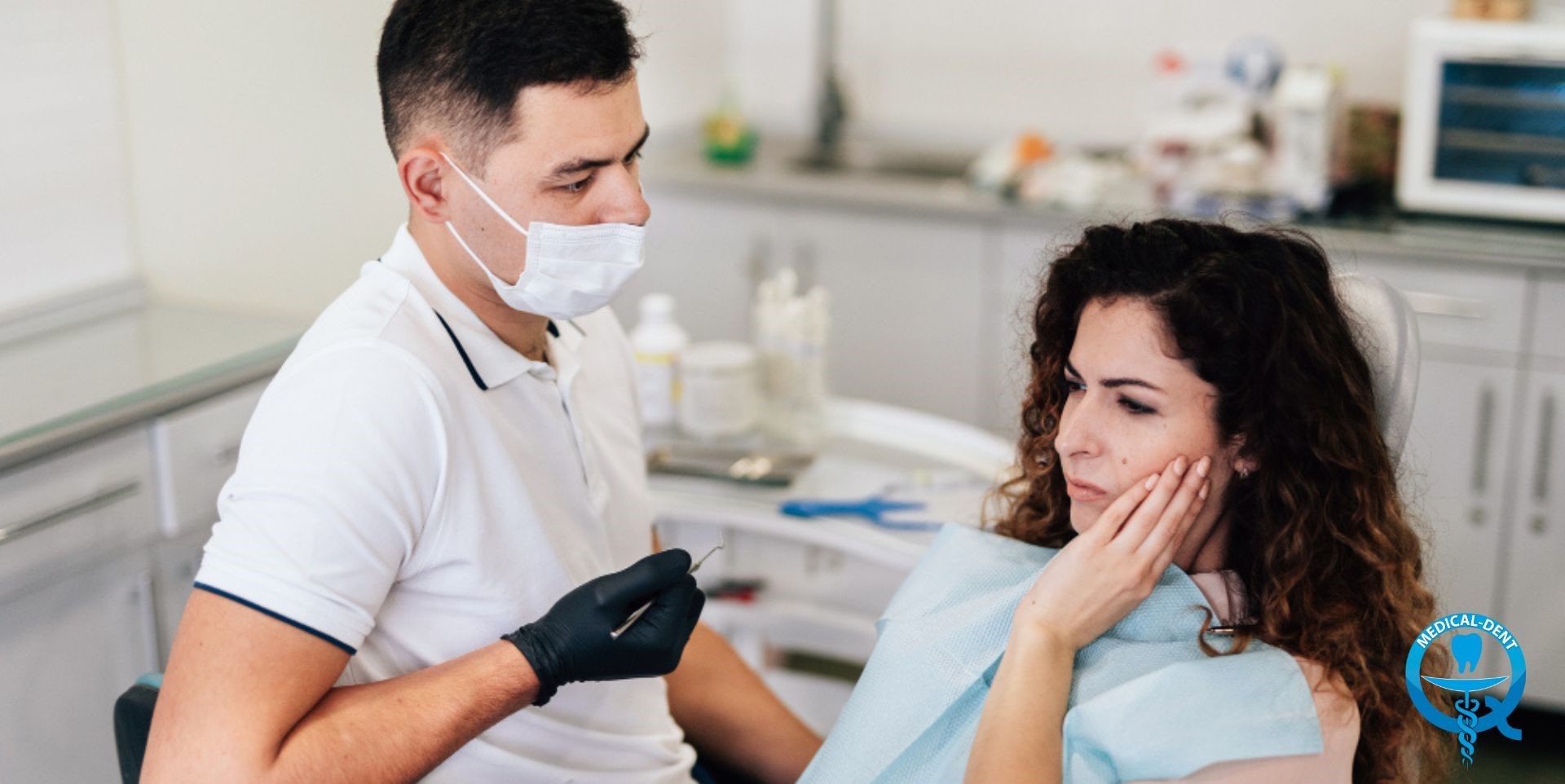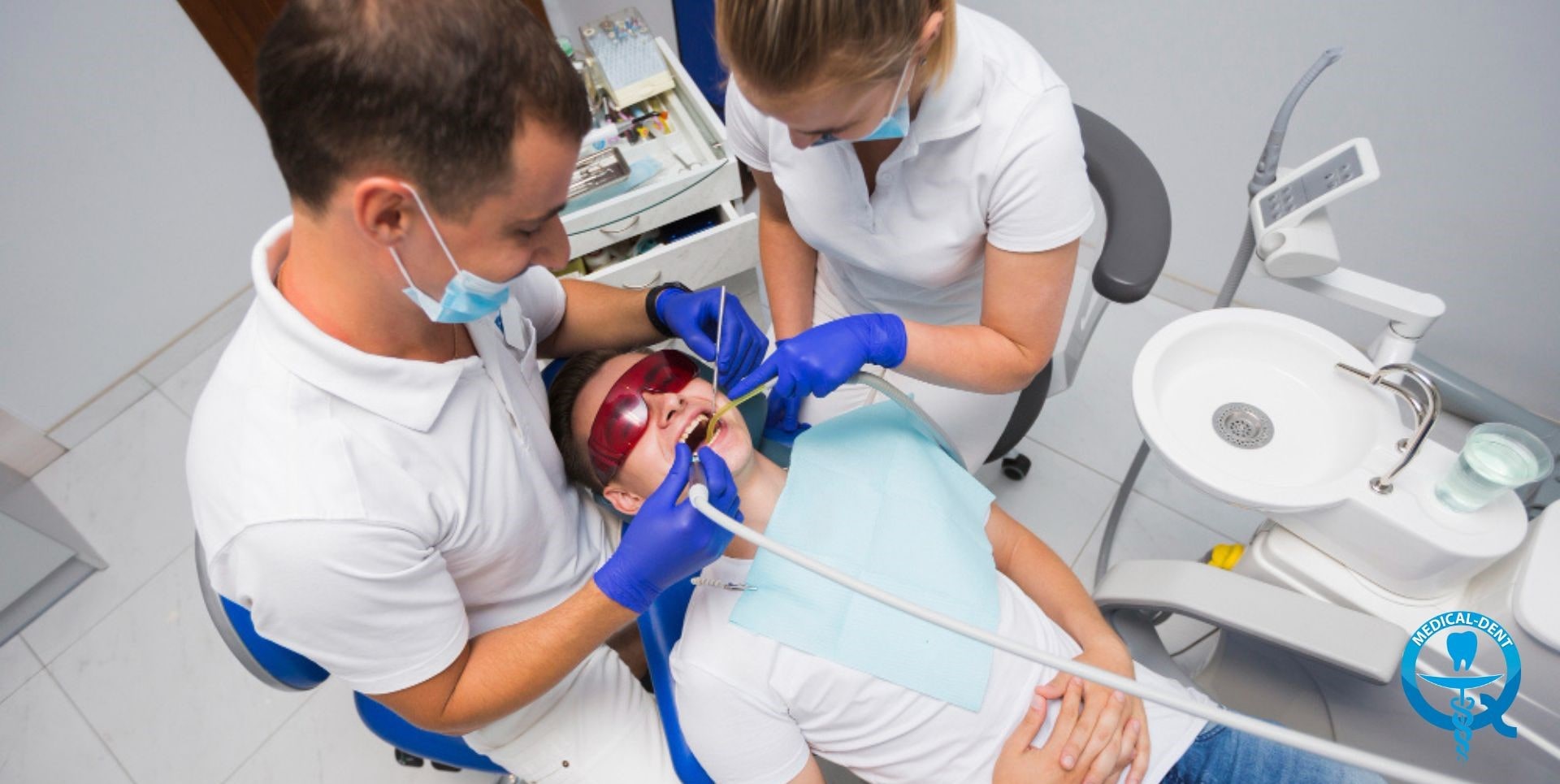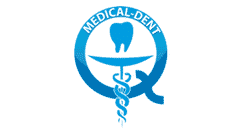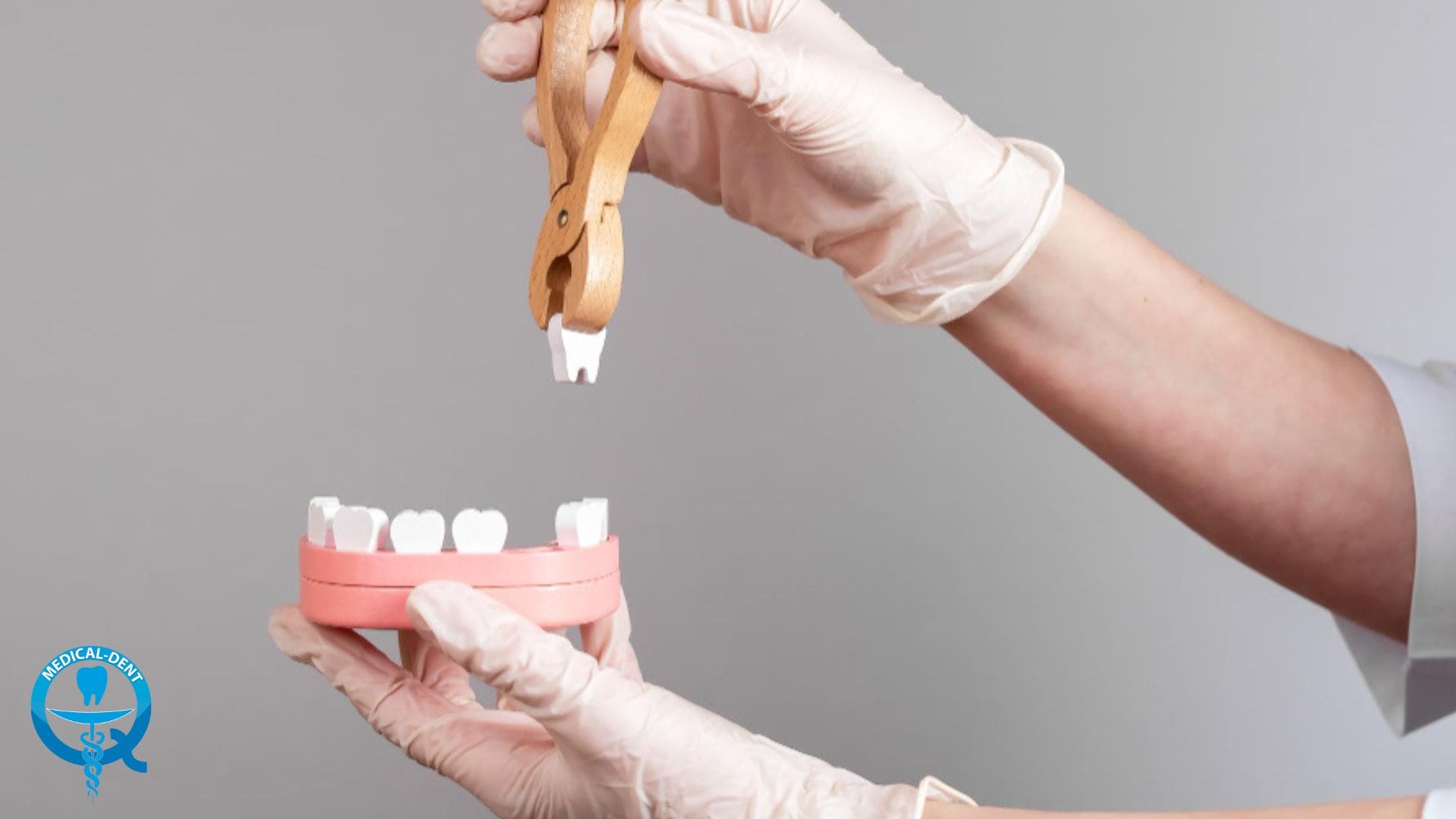Dry socket treatment is necessary if the clot that normally forms in the alveolus after tooth extraction breaks down or does not form properly. This leads to the bone and nerves being exposed, causing severe pain and increasing the risk of infection. And what the treatment looks like and whether it can be avoided - please see the article.
When is dry socket treatment necessary?
After extraction of a tooth In its place, a clot normally appears, which protects the wound and allows it to heal. However, it can happen that this one does not form or is removed. This can be a consequence of poor oral hygiene, drinking through a straw or smoking. What then?
Make an appointment as soon as possible to visit to the dentist. The most common symptom of dry socket is severe pain, which usually starts 2-4 days after extraction and can become intense over time, radiating towards the ear, eye or neck.
You may also notice exposed bone, swelling or redness. Another symptom of a missing clot is a bad breath.

Painful consequences
And what if you don't go to your appointment and relieve the pain with tablets? This one will intensify over time, and on top of that, the healing time will increase considerably. In addition, neighbouring teeth and tissues may be damaged, which involves - again - pain and the need for treatment. That is not all!
No treatment of dry socket is a greater risk of infection, which can quickly spread throughout the body. Read more about the importance of healthy teeth in our article "Decayed teeth a danger to the health of the whole body".
The biggest consequence of not treating dry socket is Osteomyelitis. This is a serious bone infection that requires intensive medical treatment.
Therefore, do not delay and if there are worrying signs after tooth extraction make an appointment.

Dry socket treatment - what does the procedure look like?
The visit, like most, starts with a diagnosis. If the doctor confirms a dry socket, he will firstly clean it of food debris and other contaminants. To do this, he or she will use a saline solution or antiseptic rinse.
The next step is to set up a special A dressing with medication. This will relieve pain and prevent infection. If necessary, the dressing can be changed every few days, depending on the patient's needs.
If you are in severe pain, your dentist may prescribe painkillers or antibiotics if there is a risk of infection.
Finally, you will receive precise instructions regarding oral hygiene to prevent further complications. And importantly, keep an eye on the whole healing process and contact your dentist if there are any worrying signs.

Prevention is better than cure!
Treatment of a dry socket cannot always be avoided. It can happen, as we wrote above, that the clot simply does not form. However, in most cases, by following simple rules, complications can be avoided.
First, avoid smoking. Tobacco smoke can impede blood clot formation.
Secondly - avoid sucking and drinking through a straw: These actions can lead to the removal of the blood clot from the alveolus. So can an inadequate diet, more specifically the choice of hard, crumbly and spicy foods.
And finally - follow your doctor's instructions. The one after the extraction will explain to you exactly how to take care of your oral hygiene and what will help your wound heal faster.

